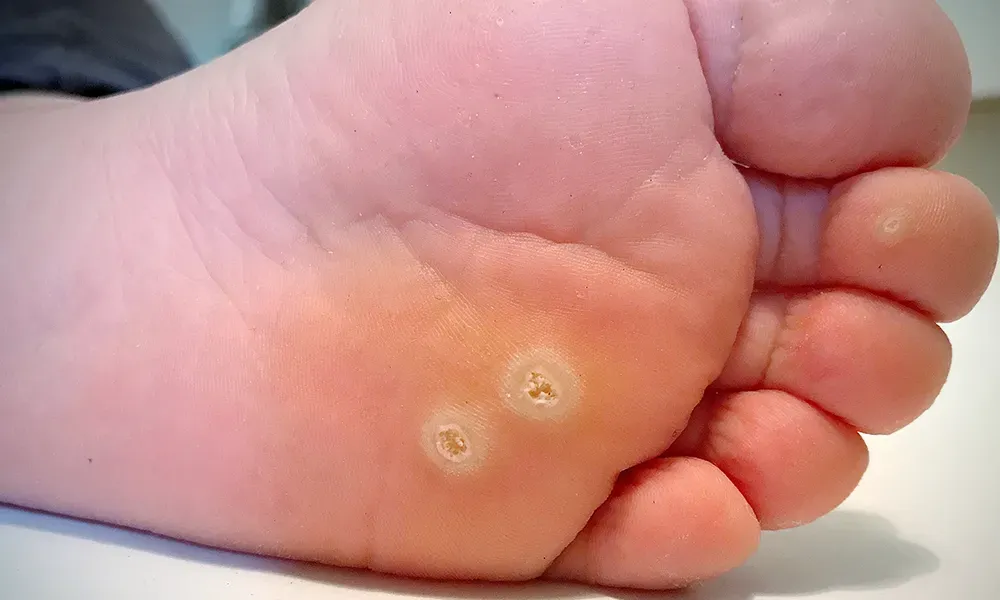Alternative approaches can complement conventional medical treatments but should not replace them entirely, especially in severe cases or when rapid resolution is necessary.
This article delves into various alternative treatments and approaches based on the provided landing pages, offering insights into non-invasive options for maintaining skin health.
Understanding Warts (疣)
These remedies are selected based on the specific characteristics of the 疣and aim to address underlying susceptibility factors. They are typically administered in highly diluted forms, following the principle of “like cures like.”
Alternative Treatments for Warts
- Acupuncture and Traditional Chinese Medicine (TCM): Holistic approaches can complement conventional medical treatments but should not replace them entirely, especially in severe cases or when rapid resolution is necessary.
Combining both approaches under professional guidance optimizes outcomes for wart management.
- Homeopathy: Holistic approaches can complement conventional medical treatments but should not replace them entirely, particularly in severe cases or when rapid resolution is necessary.
Combining both approaches under professional guidance can optimize outcomes for 脫疣 management.
- Nutritional and Dietary Interventions: Holistic approaches can complement conventional medical treatments but should not replace them entirely, especially in severe cases requiring rapid resolution.
Integrating both approaches under professional guidance can optimize outcomes for managing warts effectively.
- Topical Applications: Exploring holistic approaches for managing warts offers individuals natural and complementary options to conventional treatments.
Lifestyle Adjustments
- Stress Management: Unlike medical interventions, holistic methods may require longer durations to show visible results.
They address root causes and promote long-term skin health and resilience, emphasizing patience and persistence in achieving wart-free skin.
- Hygiene Practices: Unlike conventional medical interventions, holistic methods may require longer durations to show visible results.
They address underlying factors contributing to wart development and promote long-term skin health and resilience.
Considerations for Alternative Approaches
Consultation: While alternative treatments offer natural options, consulting with a qualified healthcare provider or licensed practitioner is essential, especially for persistent or widespread 去疣.
- Integration with Conventional Treatments: Alternative approaches can complement medical treatments but should not replace them entirely, particularly in severe cases or when rapid resolution is necessary.
- Patience and Persistence: Unlike medical interventions, alternative methods may require longer durations to show visible results. They are rough and often have a rounded top.
Conclusion
While holistic treatments provide natural options, consulting with a qualified healthcare provider or licensed practitioner is crucial, especially for persistent or widespread warts.
They can offer personalized assessment, recommend suitable treatments, and monitor progress to ensure safety and effectiveness.
Lifestyle modifications complement holistic treatments by addressing underlying factors that may contribute to wart development or persistence.
Practices like stress-reducing techniques, adequate sleep, regular physical activity, and proper hygiene habits support overall immune resilience and optimize the effectiveness of holistic wart treatments.
Unlike conventional medical interventions that may offer quicker results, holistic methods often require patience and persistence. They aim to address underlying factors contributing to wart development and promote long-term skin health and resilience.
Exploring holistic strategies for wart management provides individuals with natural and complementary alternatives to conventional treatments.







